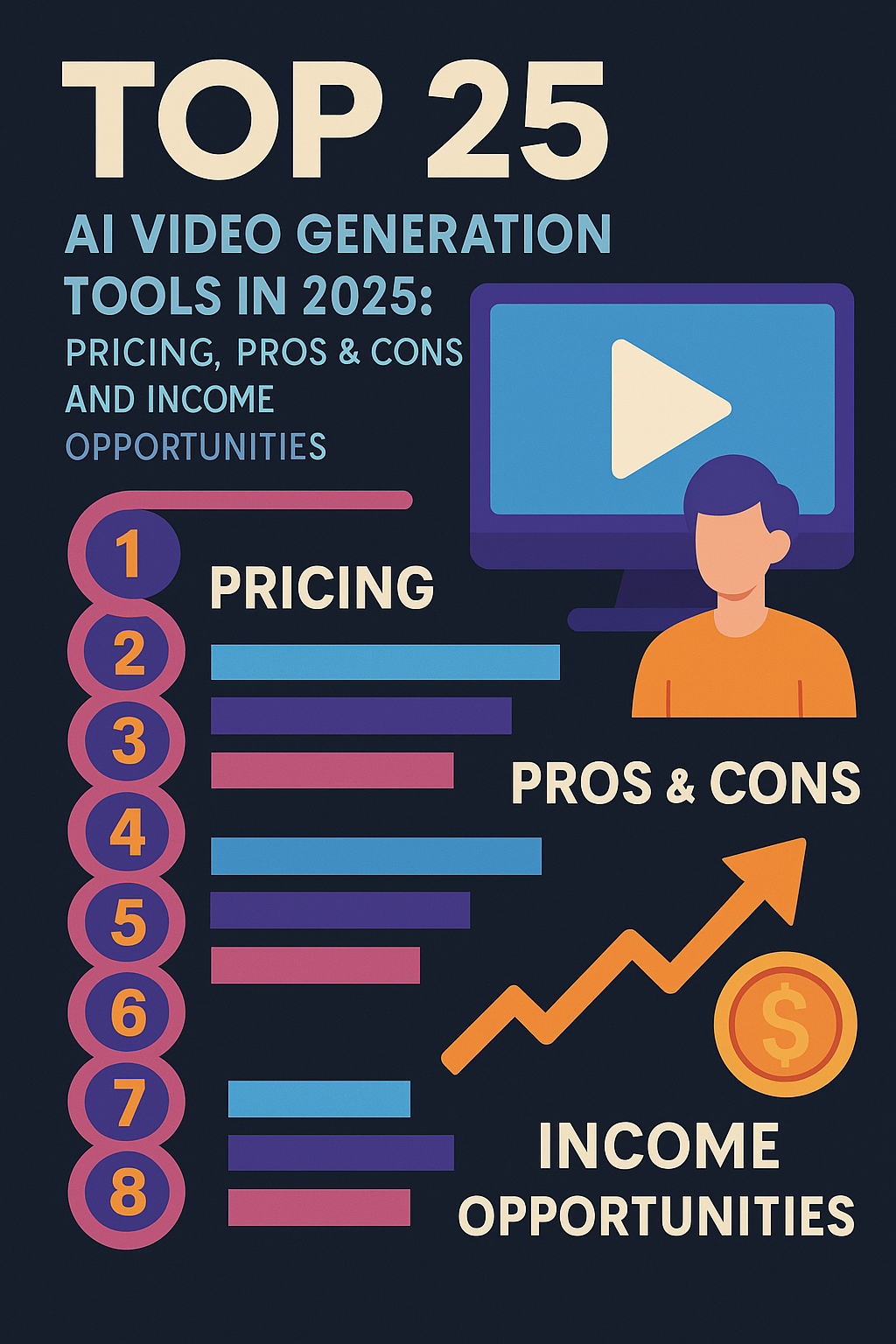
- July 12, 2024
- Nagendra Prasad Krishnam
- 0
Google Maps vs Ola Maps: Understanding the Key Differences
In the realm of digital navigation and mapping services, Google Maps and Ola Maps stand out as two prominent players, each offering unique features tailored to distinct user needs. Whether you’re navigating through bustling city streets or optimizing ride-hailing routes, understanding the differences between these platforms can significantly impact your navigation experience. Let’s delve into the key contrasts between Google Maps and Ola Maps to help you choose the right tool for your specific requirements.
1. Scope and Coverage:
Google Maps: Known for its extensive global coverage, Google Maps provides detailed maps, real-time traffic updates, and navigation assistance across the world. From pedestrian routes to driving directions and public transport schedules, Google Maps is a go-to choice for travelers and locals alike in almost every corner of the globe.
Ola Maps: Specifically tailored for users of the Ola ride-hailing service, Ola Maps focuses primarily on optimizing routes for Ola drivers within India. It integrates seamlessly with Ola’s service infrastructure, offering features such as precise pickup/drop points and real-time traffic updates tailored to the dynamics of Indian cities.
2. Integration and Customization:
Google Maps: Offers extensive customization options and third-party integrations through its APIs. Developers can embed Google Maps into websites and applications, customize map styles, and integrate additional functionalities such as local business listings, reviews, and Street View.
Ola Maps: Integrated within the Ola app ecosystem, Ola Maps is designed to enhance the efficiency of ride-hailing services. It optimizes routes based on real-time traffic data and user demand, providing drivers with the most efficient routes for pickups and drop-offs. The integration also extends to seamless booking and payment processes within the Ola platform.
3. User Interface and Features:
Google Maps: Features a user-friendly interface with layers for satellite imagery, street view, and terrain. It caters to various navigation modes including driving, walking, cycling, and public transport. Users can benefit from features like offline maps, real-time location sharing, and personalized recommendations for places of interest.
Ola Maps: Streamlined for the specific needs of Ola drivers and passengers, Ola Maps prioritizes features such as optimized routes for pickups, real-time updates on traffic and demand patterns, and integration with Ola’s booking and payment systems. The interface is designed to facilitate quick and efficient navigation within the Ola ride-hailing network.
4. Geographic Focus and Real-Time Updates:
Google Maps: Provides comprehensive real-time updates globally, including traffic conditions, road closures, and public transport schedules. Its extensive database ensures accurate mapping and navigation assistance in various languages and regions around the world.
Ola Maps: Initially focused on serving the Indian market where Ola operates, Ola Maps offers localized insights and real-time updates tailored to the specific traffic dynamics and infrastructure of Indian cities. This localized approach enhances the efficiency of Ola’s ride-hailing services by providing drivers with up-to-date information crucial for navigating congested urban areas.
Focus and Data:
- Google Maps: Global giant with extensive coverage and detailed information for many areas worldwide. Relies on a combination of user-generated data and its own gathering methods.
- Ola Maps: Focuses on the Indian market, offering highly localized maps with a deep understanding of Indian road networks, traffic patterns, and regional nuances. Leverages data from Ola’s vast driver network for real-time traffic updates.
Features:
- Google Maps: Offers a wider range of features, including street view, 3D maps, indoor maps (for many locations globally), public transit information with real-time updates (often in partnership with local authorities), and business listings with user reviews.
- Ola Maps: Still under development, but promises features like street view, 3D maps, and indoor images in the future. Currently integrates seamlessly with Ola’s ride-hailing services, providing optimized routes for drivers and real-time ride tracking for users.
Maturity and User Base:
- Google Maps: Established player with a massive user base worldwide. Benefits from continuous development and refinement.
- Ola Maps: A relatively new entrant with a smaller user base. Still evolving and adding features.
Cost:
- Google Maps: Free for consumers, but businesses that integrate its API may have to pay fees.
- Ola Maps: Free to use
Conclusion:
Choosing between Google Maps and Ola Maps depends largely on your specific navigation needs. If you require a versatile mapping service with global coverage and extensive features for various modes of transportation, Google Maps is the clear choice. On the other hand, if you’re primarily using Ola’s ride-hailing services within India and seek optimized routes and seamless integration with Ola’s ecosystem, Ola Maps offers specialized features tailored to enhance your ride-hailing experience.
Understanding these key differences will empower you to make an informed decision based on your geographical location, navigation requirements, and preferred features. Whether you’re exploring new cities or navigating familiar streets, both Google Maps and Ola Maps strive to simplify your journey with cutting-edge navigation technology.






















































































































































